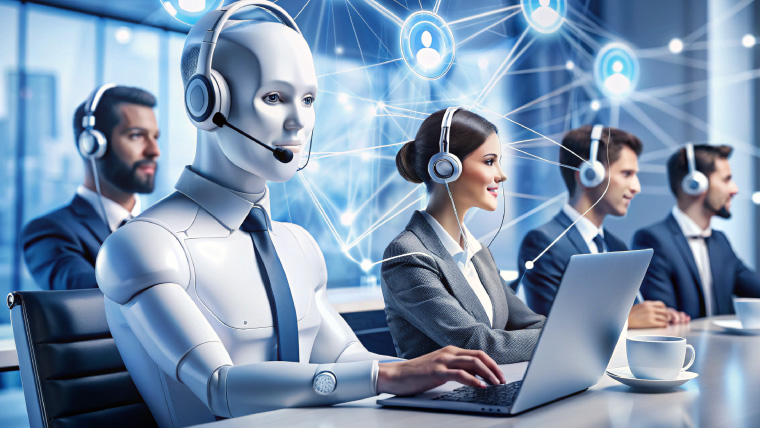INTRODUCTION
At the 18th Annual Customer Contact West: A Frost & Sullivan Executive MindXchange in Tucson, Arizona last week, John Bord, Customer Experience Manager, Tucson Electric Power, offered guidelines and lessons learned implementing successful customer experience initiatives. Bord discussed how to be most effective when interpreting actionable research and how to develop strong tactics and strategies with urgency – but also reflection – to ensure success. He framed his presentation around answering six key questions:
- WHO? The employees who will be providing the customer experience need engagement and recognition
- TEP uses a Gallup survey to measure employee engagement, which has given them feedback and guidance over the years; the company is data-driven
- Post COVID, they lost some engagement in the workplace…it’s important to keep engagement high for new initiatives and challenges
- When peers are being supported and recognized, this helps drives motivation throughout the organization
- If contact center agents have negative experiences with customers, they should feel comfortable enough to communicate with supervisors and take breaks to collect themselves and refocus after stressful experiences
- WHAT? Align the Voice of the Customer (VoC) research with organizational goals
- Making research actionable can be difficult…you’ll need to figure out how to align it with goals and then collaborate with the whole team
- Part of success is expecting things to change, expect consumer’s needs to change and challenge your current way of doing things
- Focus on communication between marketing, corporate strategy, etc. – bring data analytics in to tell the story of customer experience
- TEP created a CX guiding team, guiding council and support team to formalize its CX structure
- Focus and discipline is needed for consistent across the organization
- WHERE? Improved CX will live in your company’s people, processes, and technologies. Blend all of these to meet customer expectations
- Many projects revolve around IT, so ask: how many IT resources are available?
- Immerse everyone in what the problem is first and validate customer concerns
- TEP leverages qualitative and quantitative information
- Then determine if you can implement a solution, even with constrained resources (talent, budget, IT, etc.)
- WHEN? When do you begin your CX journey?
- Assess where your company is on its journey and reflect on challenges so far. For example, one company’s journey took years; they had to assess procedures and experiences from all angles
- Provide training on the value of CX in your organization
- TEP example: business acumen, primarily remote, but sessions are really helpful:
- Staff reminded that customer interactions are barely 6-8 minutes annually, so its important to have a condensed positive impact
- Look from all perspectives to see how different parts of the process impact the customer
- Empathy for the customer should be balanced with business goals
- WHY? CX is your last competitive advantage
- Psychological and emotional impact on customer
- Are you exceeding customer expectations? How likely are you to get a recommendation?
- Get a complete view of your customer, integrating into business strategy and seeing results
- A work group/commitment is needed to use research to make change
- HOW? Define success factors in return on investment (ROI) for customer experience
- Important details can be captured in conversations
- What are the most typical journeys your customers have?
- Journey mapping: start from when the application was implemented and cover what it took to get through the whole process for the current state, then ideate on future state scenarios to exceed customer expectations
- Perspective from the CX team really helped improve the whole process
FINAL THOUGHTS
Be realistic about timelines when creating a plan — implementing processes takes time. Recognize employees to drive your customer experience: consider spot awards, free vacations, peer recognition programs, etc. This can help sustain change and improve the customer experience on an ongoing basis to benefit the customer and the company.



